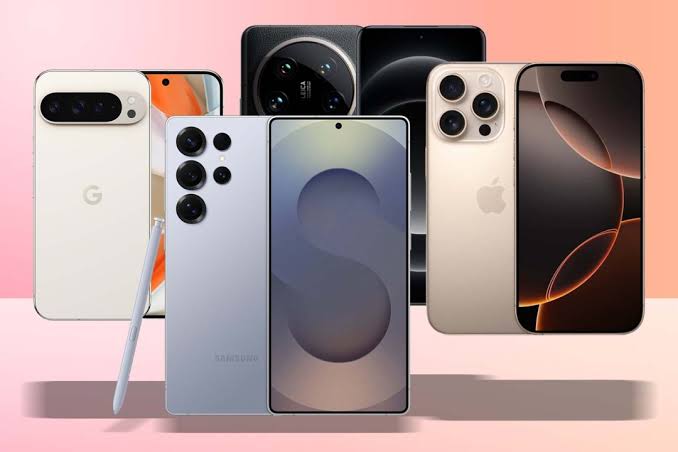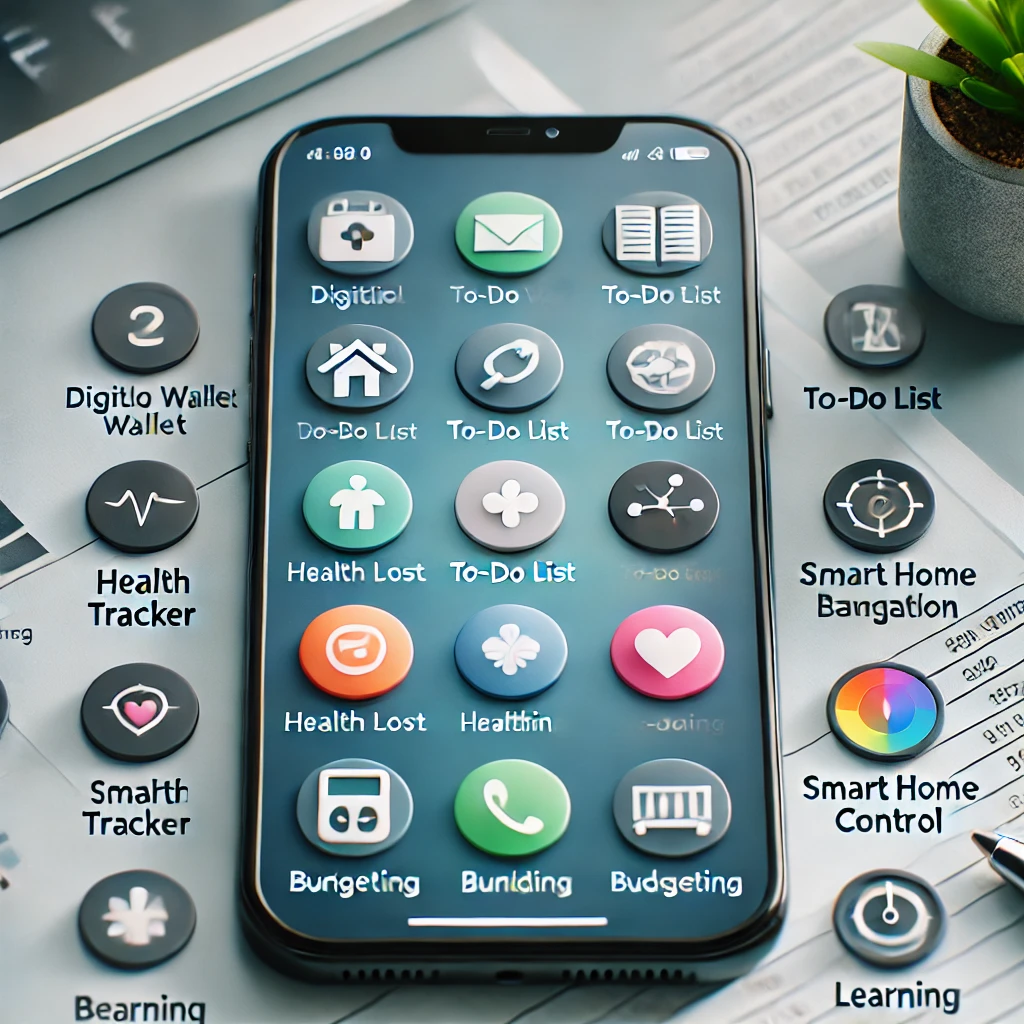Best AI-Powered Smartphones in 2025
Artificial Intelligence (AI) is now a key feature in modern smartphones. In 2025, AI is used to enhance camera performance, improve battery life, optimize user experience, and deliver faster, smarter processing. Here are the top AI-powered smartphones this year:
1. Samsung Galaxy S25 Ultra
Equipped with the Exynos 2500 or Snapdragon 8 Gen 4 (region-dependent), the S25 Ultra features AI-enhanced photography, real-time language translation, and smart battery optimization. Samsung’s One UI integrates AI to improve multitasking and app suggestions.
2. Apple iPhone 16 Pro Max
Apple’s A18 Pro chip introduces powerful on-device AI processing. Features include AI-generated photo and video editing suggestions, smarter Siri interactions, and adaptive display and performance management.
3. Google Pixel 9 Pro
Built around Google’s Tensor G4 chip, the Pixel 9 Pro pushes AI with real-time voice typing, Magic Editor for photos, advanced call screening, and automatic summarization in apps like Gmail and Docs.
4. Xiaomi 15 Ultra
With the Snapdragon 8 Gen 4 and Xiaomi’s HyperOS, this phone uses AI for scene detection in photography, voice recognition, and intelligent power distribution, offering a smooth and intuitive experience.
5. OnePlus 13 Pro
The OnePlus 13 Pro combines OxygenOS with advanced AI features such as adaptive brightness, app prediction, AI-enhanced gaming, and personalized performance tuning using machine learning algorithms.
6. Huawei Mate 70 Pro
Powered by the Kirin 9010 chip, this device includes AI-assisted translation, facial recognition, photography optimization, and HarmonyOS smart features tailored to user behavior.
7. Vivo X100 Pro+
Vivo continues to integrate AI in camera enhancements, portrait mode optimization, and personalized system recommendations through Funtouch OS.
These smartphones not only push boundaries in performance and camera capabilities but also reshape how users interact with their devices. AI in smartphones is no longer optional—it’s the new standard.



